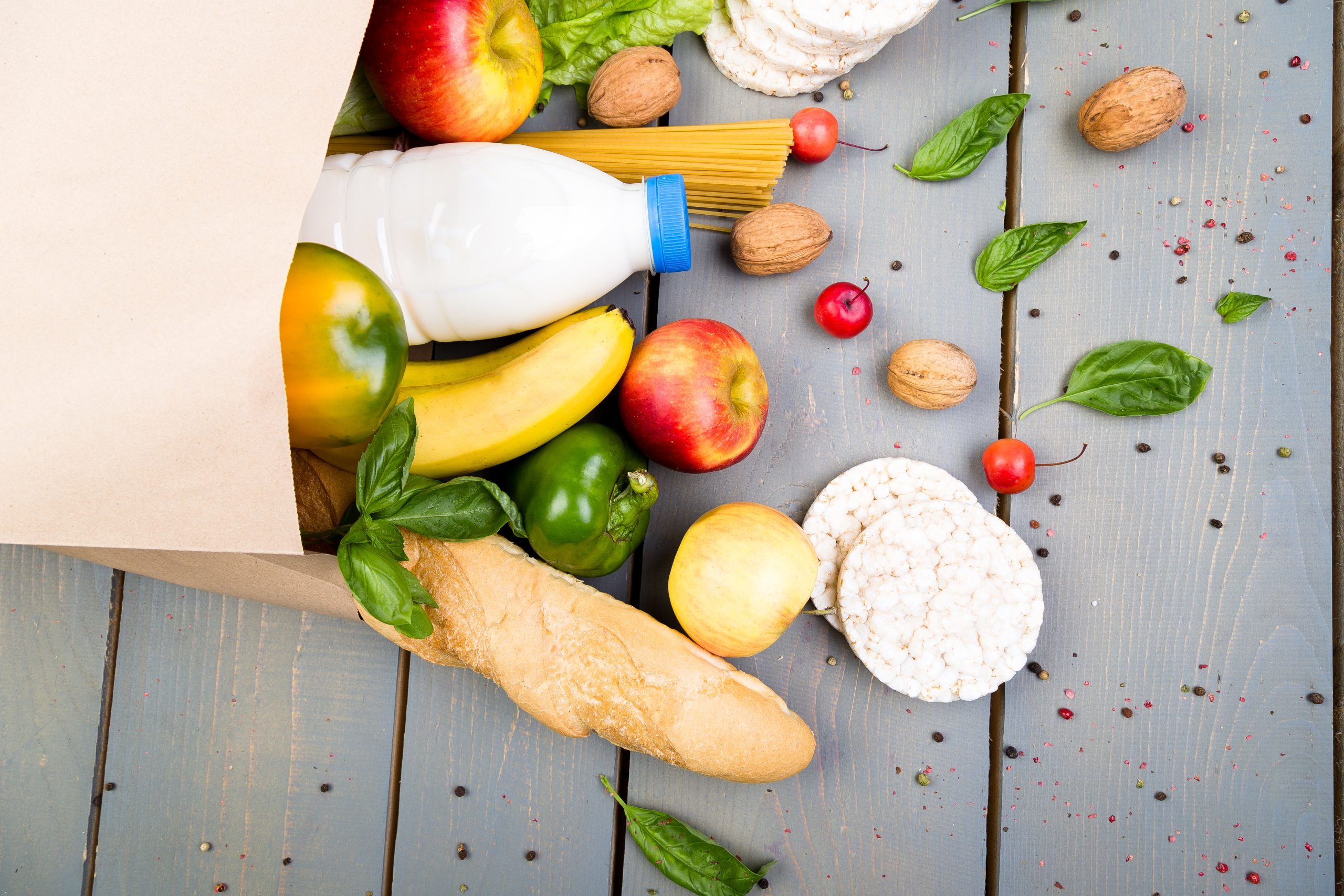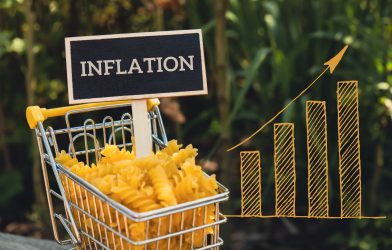Supply Chain Economics, Simplified
Grocery prices in Europe are still rising — and it’s not just inflation. Behind each higher bill is a story of disrupted farms, slower deliveries, global dependency, and growing labor gaps. The entire supply chain, from field to shelf, is under pressure in 2025.
In southern Europe, heatwaves and droughts have cut crop yields. In northern regions, floods and unpredictable seasons have hit food production hard. That means fewer goods and higher prices — especially for fresh items.
Transport hasn’t recovered either. Fuel prices are still volatile, and Europe’s transition to electric trucks and green logistics is far from complete. Cold storage and delivery are more expensive, especially for imported or time-sensitive food.

Labor is another problem. Fewer workers are available to harvest, pack, and deliver. Brexit, migration policy shifts, and aging populations have left critical jobs unfilled. What used to take a day now takes two — and costs more.
Then there’s Europe’s deep reliance on imported goods. Coffee, cocoa, rice, tropical fruit — much of it travels far, and global events still disrupt supply. When cargo delays or trade conflicts hit, it shows up in your cart first.
Even packaging adds to the price. Stricter sustainability laws are reshaping how food is stored and sold, which is better for the planet — but pricier for producers and shoppers.
The result?
Groceries cost more, not because of one big reason, but because every link in the chain is tighter, slower, and more expensive. It’s not just your local market that’s changed — it’s the global system behind it.












